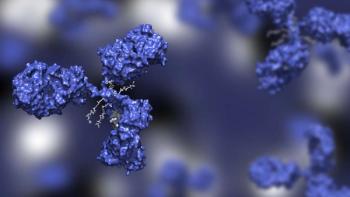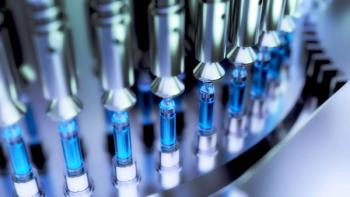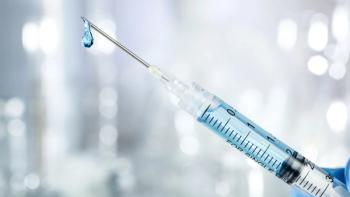
COVID-19 created challenges for quality control departments. How have the lessons learned from the pandemic influenced the way companies use technology to perform quality-control procedures?

COVID-19 created challenges for quality control departments. How have the lessons learned from the pandemic influenced the way companies use technology to perform quality-control procedures?

ADC development is on a positive trajectory from a deeper understanding of therapeutic mechanisms and technological advances.

The adoption of perfusion cell culture continues to advance with the help of PAT tools.

Surrogate analytics are no longer sufficient, as simple inexpensive real-time analytics are urgently needed for high value products.

Automatic visual inspection machines and artificial intelligence highlight inspection deficits for parenteral containers and units.

The need for improved analytics grows.

Disposable equipment components find use in small-volume aseptic biopharmaceutical manufacturing.

A coating technology for a staked needle prefillable syringe reduces the potential risks associated with silicone oil as a lubricant.

The biopharmaceutical landscape of India is transforming in terms of regulatory policies, product development, and affordability.

The biopharma industry is seeing more merit in strategizing clinical and commercial drug development as early as the preclinical phase.

New methods and policies necessitated by the global pandemic are slated to become permanent fixtures in FDA enforcement and regulatory programs.


Siegfried Schmitt, vice president, Technical at Parexel, comments on the new paradigm of remote audits.